Cherrapunjee or Sohra is a small town in the state of Meghalaya in northeast India. The popularity of this town is for the amount of rainfall it received every year. It was the highest in the world, which made it the wettest place on earth until recently when the nearby village of Mawsynram took the crown and pushed Cherrapunji one position down.
The unique tabletop landscape and the excessive-high rainfall created many waterfalls, underground streams, hidden caves and tropical rain forests in the mountains and the valleys. As a result, there is a large list of places that you can visit around Cherrapunjee. And the list is growing up with more and more newly explored places coming into the limelight.
The history of Sohra can be traced back to the sixteenth century when the valleys were ruled by local tribal kings called Syiems. Then by the mid-nineteenth century, Sohra gradually became colonised by Britishers.
And thanks to their minimal efforts on proper pronunciation, just like how Udagamandalam became Ootacamund to finally Ooty, Sohra became Cherra and eventually Cherrapunjee (spelt Cherrapunji also) to the larger world.

Table of Contents
List of places to visit in Cherrapunjee
- Nohkalikai Waterfall
- Living Root Bridges
- Arwah Cave
- Mawasmai Cave
- Eco Park
- Thangkharang Park
- Khoh-Ramhah and Motpalong Park
- Kynrem Waterfall
- Dainthlen Waterfall
- Wah-Kaba Waterfall
- Seven Sisters Waterfalls (Nohsngithiang Falls)
- Wei-Sawdong Waterfall
- Krem Mawmluh
- Khasi Monoliths
Nohkalikai Waterfall
Nohkalikai Falls is the most prominent attraction in Cherrapunjee. The 340 metres jump from a cliff makes this waterfall the highest plunge waterfall in India.
No doubt that the view of this waterfall from a vantage point on another cliff is an absolute show-stealer, especially when the clouds float around the cliffs or when the sun sets behind those cliffs. But the heartbreaking story of Likai associated with the name of this waterfall makes the place more intriguing.
The Legend of Likai
Ka Likai was a Khasi widow who married again so that someone can take care of her infant while she went out for work. A matrilineal Khasi society. When she came back home every day, she got busy with her child. Gradually, this made her husband so morbidly jealous over time that one day he decided to kill the baby. And did that eventually. When Likai returned, she could not find her child, but she was so exhausted with work that she had her meal first. Then she went to the corner where she cut the betel nut and leaf. There, she noticed a severed finger left behind near her hatchet with which she cut the leaves. Likai understood everything instantly, and she became mad in grief. Then, she started running towards the cliff with the hatchet in her hand. Eventually, she jumped off the cliff and died.
The place where Likai jumped is the place of the waterfall now. This gruesome story gives the waterfall its name as Noh(meaning off or away)-Ka(prefix for the female gender in Khasi language)-Likai.
How to reach: Nohkalikai Fall viewpoint is nearly 5 kilometres from the Sohra market. You have to take a diversion on Nohkalikai Road before entering the town.
Entry Time: 9 am – 5 pm
Entry Fee: ₹20 per person and ₹20 per camera
Location: Google Map
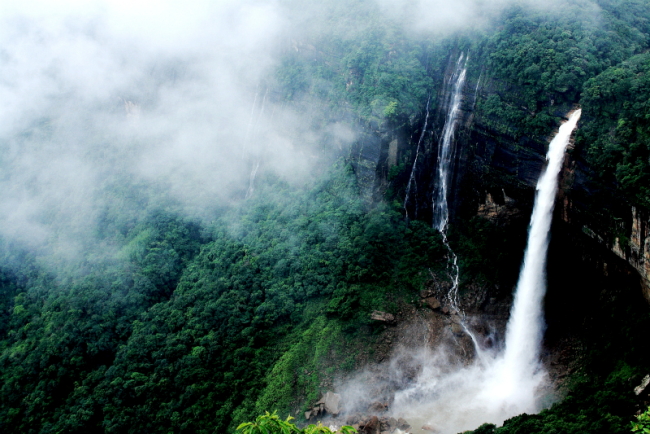
Living Root Bridges
Meghalaya has some of the unique places to see in India. One of them is the Doule Decker Living Root Bridges in Nongriat, a 3 kilometres downhill trek from the village of Tyrna, 20 kilometres away from Cherrapunjee.
There are more living root bridges in East Khasi Hills, but travellers most visit this one near Cherrapunjee. UNESCO recognises living root bridges in Meghalaya as World Heritage Sites.
Living root bridges are a kind of suspension bridge made by shaping the living tree roots. Rubber fig trees (Ficus Elastica) are used for it. The bridges are usually built over narrow mountain streams.
Roots from two rubber trees situated on the opposite side of a river stream are joined by tying, twisting and knotting. This helps in inosculation, which further helps in the bonding.
With time, when the root bonding is strong enough to take loads of humans, the bridge is used for crossing the river.
Usually, it takes around 30-40 years to mould tree roots to shape how they can be used as a bridge. Then one living root bridge can be used for the next 500 years.
There are living root bridges in East Khasi Hills that are as old as 200 years.
How to reach: Double Decker Living Root Bridge in Nongriat can only be reached by hiking. First, you need to reach Tyrna village, 12 kilometres from Cherrapunjee. From Tyrna, the hike starts. It takes around 2 hours to reach Nongriat from there.
Places to stay in Nongriat: Serene Homestay and Nongriat Guest House
Entry Time: Daytime
Entry Fee: ₹20 per person and ₹500 for guide
Location: Google Map
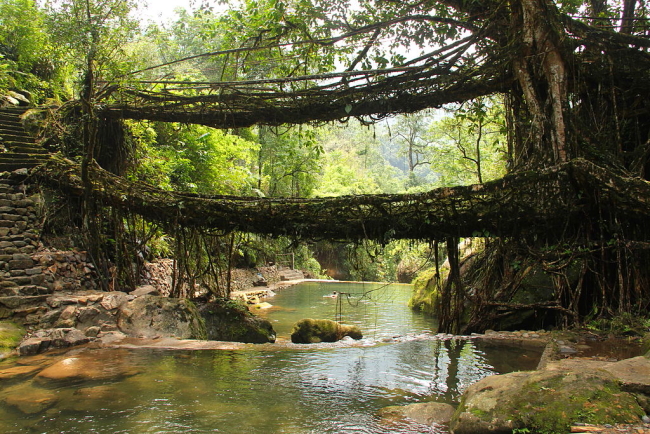
Arwah Cave
Arwah Cave is a recently discovered cave in Meghalaya. It is much larger than Mawasmai Cave near Cherrapunjee. However, only a small portion is accessible for tourists. The cave is inside Lawshynna Hill and surrounded by thick forest.
You will walk on a floor with underwater streams. There are many chambers as well as narrow passages where you have to hug through. The limestone formations are of different shapes that you can enjoy. In comparison, the most interesting things are the fossils that you can notice on the walls of this cave, especially near the end. Fossils of a crustacean shell and a fishbone will definitely amaze you.
There are two paths from the parking area to the cave entrance, and it takes 15-20 minutes to reach there. One path is rugged terrain, while the other is a pleasant walk. Local guides are available near the parking area. It would be best to have a local guide and a torchlight with you before entering the cave.
How to reach: The entry to Arah Cave comes just before entering Sohra town from Shillong. From the parking, you have to walk for 20 minutes to reach at the mouth of the cave.
Entry Time: 9:30 am – 5:30 pm
Entry Fee: ₹20 for Adults, ₹10 for Children, ₹100 for Guide & ₹50 for Camera
Location: Google Map
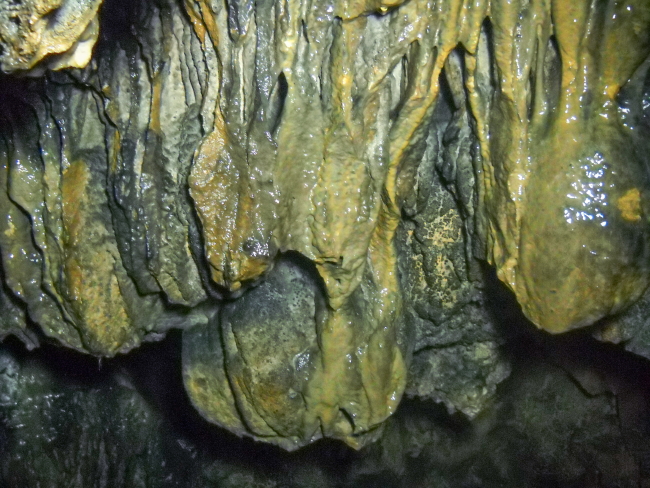
Mawasmai Cave
Mawsmai Cave is famous for its various stalactite and stalagmite formations. Another limestone cave close to Sohra frequently visited by tourists. A flight of stairs can access the mouth of the cave. You can see many variations of ferns and orchids in their natural habitat beside the walkaway.
The length of the cave is 150 to 200 metres long and takes 20-30 minutes to explore. As the cave is inside a rainforest, water drips from the walls of the cave. Small puddles and pools of water can be seen all along the passage. You have to walk in the water or on large stones and squeeze yourself through the passage.
At places, the passage inside is so narrow that one has to crawl through literally. Lights are installed inside the cave that helps to delineate the limestone formations better. There are fossils inside aMawasmai Cave also, and you have to look for them carefully.
How to reach: Mawasmai Cave is 4 kilometres from Cherrapunjee town. From parking, you have to ascend a flight of stairs to reach the mouth of the cave.
Entry Time: 9 am – 5 pm
Entry Fee: ₹20 for Adults, ₹5 for Children, ₹20 for Camera & ₹50 for Video
Location: Google Map

Eco Park
ECO Park was built by the Meghalaya Tourism department to let tourists enjoy the mesmerising view of the green canyons in Cherrapunjee. You can also spot the Nohsngithiang waterfalls from inside the park.
The distant plains of Bangladesh are also available visible from here on a clear day. There is a greenhouse in the park where different species of Orchids can be seen. In addition, the park has a children area, monoliths, a water stream and seating areas.
How to reach: Eco Park is on the same road which goes to Mawasmai Cave. It comes before the cave and is 2.5 kilometres from the town.
Entry Time: 8 am – 5 pm
Entry Fee: ₹10 per person
Location: Google Map

Thangkharang Park
Spread across 100 acres of land, Thangkharang Park is another beautiful place to visit in Cherrapunjee. Maintained by State Forest Department, this place has a greenhouse, a fountain and two strategic viewpoints.
You can see Khoh Ramah or the giant rock from here. Also, the view of Kynrem Falls is very charming. The distant plains of Sylhet in Bangladesh are also visible on a clear day.
How to reach: Thangkharang park is 10 kilometres from Cherrapunji town, on Sohra-Shella Road.
Entry Time: 7 am – 4 pm
Entry Fee: ₹20 per person
Location: Google Map
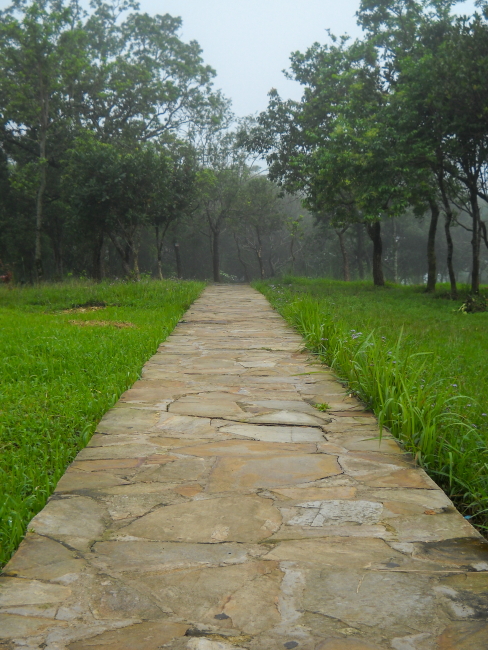
Khoh-Ramhah and Motpalong Park
Khoh Ramah or Motrop is a giant conical rock that projects at the edge of a cliff. Khoh in Khasi means basket. As per Khasi legend, it is a fossilised basket of an evil named Ramhah.
You can get a view of this rock from Thangkharang Park. But if you want to see it closely, you need to reach Motpalong park.
It is a small park with walkways and seating areas. There is a narrow water stream that flows and eventually falls from a cliff. You need to cross a bridge over the stream and go to a semi-circular area where you will get an amazing view of the Bangladesh plains and Sohra Valley.
This place is quite underrated. So, do not surprise if you find yourself as the only visitor.
How to reach: It is further ahead of Thangkharang Park on the same Sohra-Shella Raod.
Entry Time: Anytime
Entry Fee: No
Location: Google Map
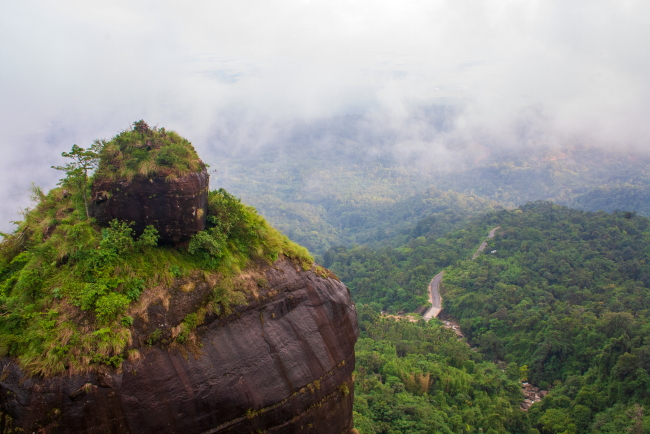
Kynrem Waterfalls
Kynrem Waterfall is one of the highest waterfalls in India. It is a 3-tier waterfall with a height of more than 300 metres. You can get a glimpse of this mesmerising waterfall from Thangkharang Park.
However, unlike Nohkalikai Falls, you can reach the waterfall base by driving few kilometres down from Cherrapunjee. And if you want to feel the magic of this waterfall, you must go there in the monsoon.
Not just because the water level is high, but the view upwards from the waterfall base will make you amazed. You can’t see the highest point of the waterfall. All you can see is the gush of milky white water rushing down from the layers of grey clouds.
How to reach: Further ahead of Motpalong Park, you will come across Kynrem Waterfall on the same road. There is a bridge over the same water stream beside the waterfall where you can get a mesmerising view of Kynrem Fall.
Entry Time: Anytime
Entry Fee: No
Location: Google Map

Dainthlen Waterfalls
Dainthlen Waterfall is a gushing stream of water that jumps from the tabletop mountain of Cherrapunjee into the lush green thick forest of Sohra valley. The water stream that flows on the rocky base creates many potholes on the rocks and can be evident as puddles of water during the dry season.
Locals believe that this riverbed landscape is created due to the fight between Thlen, a giant serpent, an embodiment of evil, with the locals of the valley. However, the locals eventually annihilated the serpent, and the good prevailed.
The Falls drop a straight height of 80 metres and create a sight to behold. There are viewpoints on both sides of the waterfall from where you can get an oblique view from behind the safety of railings.
How to reach: Dainthlen Fall is on a separate road from Cherrapunjee town. It is 11 kilometres away from the town. You have to drive past Sai-Mika Resort to finally reach the waterfall.
Entry Time: 6 am – 5 pm
Entry Fee: No
Location: Google Map
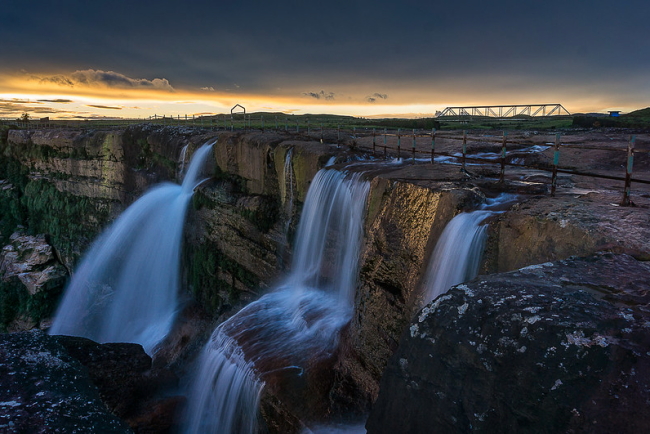
Wah-Kaba Waterfalls
Wakaba waterfall is a seasonal waterfall that depends on monsoon water. What makes Wakaba Waterfall a visual charm is the panoramic view of the canyon, along with the waterfall jumping from a nearly 200 metres height.
The floating mist over Dympep Valley on one side and the tabletop landscape on the other side is a treat to watch. You can reach the point from where the waterfall jumps down, but to get a view of the waterfall, you have to drive to a point a little away.
How to reach: Wah-Kaba Waterfall comes on Shillong-Cherrapunjee highway, 8 kilometres before you reach the Cherraupunjee town.
Entry Time: Anytime
Entry Fee: ₹10 per person
Location: Google Map

Seven Sisters Waterfalls (Nohsngithiang Falls)
Seven Sisters Waterfalls or Nohsngithiang Waterfall, or Mawasmai waterfall, is Cherrapunjee’s 3rd entry in India’s list of 10 highest waterfalls. The height of the waterfall is more than 300 metres with a width of 70 metres. The entire width is segmented into seven distinct parts leading to the name Seven Sisters Waterfalls, symbolising the seven states of northeast India.
The viewpoint is near the Sohra market and often gets crowded by locals and tourists. If you want to get a clear view of all the seven waterfalls, then you should visit there in the early morning when the sky is comparatively clear, and the crowd is minimum. You can also get a good view of this waterfall from Eco Park in Cherrapunjee.
How to reach: This is the closest sightseeing point from Cherrapunjee town. The viewpoint is close to Eco Park.
Entry Time: 6 am – 6 pm
Entry Fee: No
Location: Google Map

Wei-Sawdong Waterfall
Wei Sawdong Waterfall is another mesmerising 3-tier waterfall inside the thick forest of Sohra valley. You need to hike on a muddy and slippery trail for 20 minutes to get the first glimpse of the waterfall. And then the most adventurous part.
An 800 down way on makeshift bamboo stairs for nearly 200 metres that would take you to the base of the waterfall. Undoubtedly, an adrenaline-pumping experience that you would remember for your lifetime.
The best time to hike on this trail is any season other than monsoon. You can understand the reason very well. But, unfortunately, the level of water would be lesser during other seasons.
How to reach: Wei Sawdong Waterfall is further ahead on Sohra-Dainthlen Road, 14 kilometres from the town. There will be a roadside signboard indicating the start point of the hike. It takes 40 minutes to reach the base of the waterfall.
Entry Time: 8 am – 4 pm
Entry Fee: No, You should take a local guide with you.
Location: Google Map
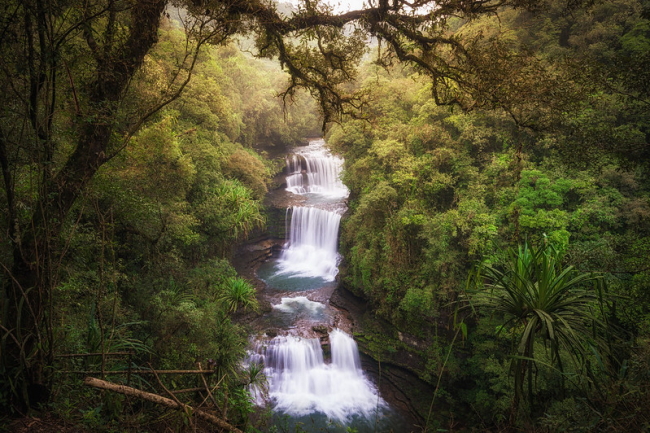
Krem Mawmluh
If you have a cave explorer inside you, then you can visit Krem Mawmluh. The Krem means cave in the Khasi language. Krem Mawmluh has 7 kilometres long cave passage leading it to the 4th longest cave system in India.
You need to follow a river to enter inside the cave, where you will discover a pool that is feed by five different rivers. At places, you might need to belly crawl for a distance to explore different chambers.
A walk inside waist-deep water, small climbs are also necessary. You must have adequate equipment like a suit, a pair of boots and a headlight before you enter this cave. These things can be provided on rent by your guide.
How to reach: You have to reach Mawmluh Cherra Cements Limited first. Then you should follow the river that flows behind this company, for 200 metres to reach at the mouth of the cave.
Entry Time: 7:30 am – 4 pm
Entry Fee: Nil. You must take a guide with you.
Location: Google Map
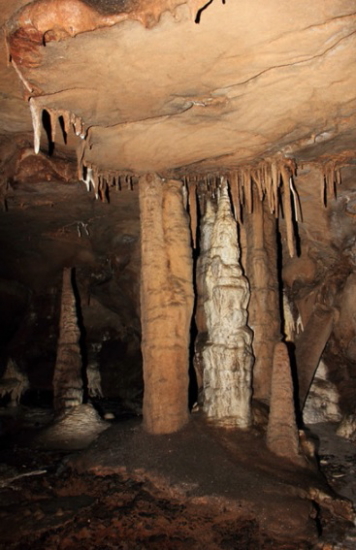
Khasi Monoliths
Khasi monoliths are seen in different nooks and corners of Meghalaya. The largest collection of monoliths is in Nartiant in Jaintia Hills, but you will see many such structures in empty meadows of Sohra also.
These monoliths are erected in memory of ancestors as a symbol of respect. The upright stone represents a male family member, whereas the flat stone symbolises a lady of the family.

Best time to visit Cherrapunjee
You can visit Cherrapunjee throughout the year apart from mid-monsoon (mid-June to mid-September). Because Cherrapunjee receives heavy rainfall during mid-monsoon and you may not enter all caves or hike on slippery surfaces could be difficult.
The best time is during winter (November-February), when the weather is most charming. However, if you want to visit the waterfalls in their full glory, you can visit pre-monsoon (May to mid-June) or immediate post-monsoon (mid-September to October).
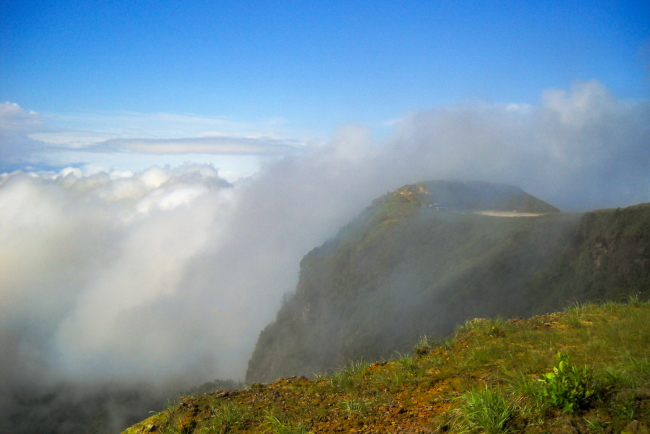
How to reach Cherrapunjee
Road
Cherrapunjee can be reached by road from Shillong. The Shillong-Cherrapunjee highway is one of the most picturesque roads in India. The distance of Cherrapunjee from Shillong is 54 kilometres. The driving time is around one and a half hours.
Read more: Shillong to Cherrapunjee Road Trip – A Virtual Photo Journey
You can reach Shillong by car or bus from Guwahati. To reach Guwahati, you have to either ride a train to Guwahati Railway Station (GHY) or take a flight to Lokpriya Gopinath Bordoloi International Airport (GAU).
Rail
The nearest station of Cherrapunjee is Guwahati in Assam, connected to all major cities in India. You can either hire a cab to Shillong or take a shared ride to Paltan Bazar in Guwahati from the station. From Paltan Bazar, you will get several buses or shared cabs to Shillong. Then, you can take another shared cab or a two-wheeler ride to Cherrapunjee.
Air
Lokpriya Gopinath Bordoloi International Airport (GAU) in Guwahati is the most availed airport by tourists going to Charrapunjee. This airport is well connected with all the major airports in India. From the airport, sometimes you will get a shared cab to Shillong. If you do not find one, take a ride to Paltan Bazar and get a shared cab from there.
The Umroi Airport (SHL) near Shillong, the only airport of Meghalaya, has a few direct flights from Guwahati, Kolkata, and other cities in east and northeast India. You can also take a direct flight to Shillong if you are travelling from one of those cities.
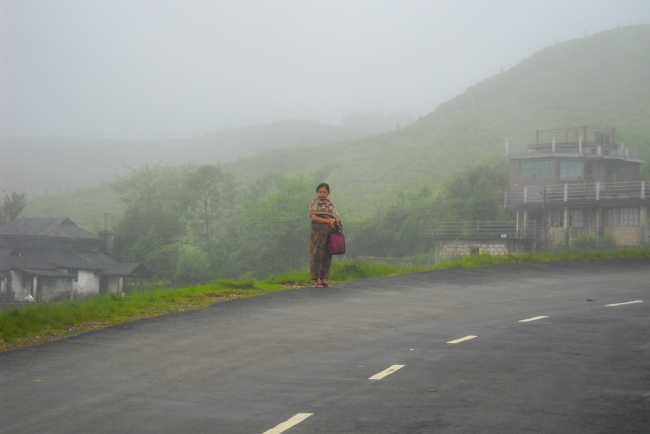
Local Transport in Cherrapunjee
You can take the exclusive vehicle that you booked from Shillong to all the places. Otherwise, you will get shared cabs from Sohra Taxi Stand to all the places. There is also a bike rental service available in Shillong and Cherrapunjee.
Where to stay in Cherrapunjee
In Cherrapunjee, you will get all kinds of accommodation according to your budget, from star resorts to budget hotels to homestays and tent accommodations. You can stay near the main market or a bit away from all the crowd.
Polo Orchid Resort is the best luxury property in Cherrapunjee, where you can get an impeccable view of Sohra Valley from your cottage.
Cherrapunjee Holiday Resort is a beautiful property in Laitkynsew that is 15 kilometres away from Cherrapunjee. The Sai-Mika Resort is another nice property that can be reached by a little detour before reaching Cherrapunjee from Shillong.
The staying options in Nongriat on your way to Double Decker Living Root Bridges are basic homestays. Serene Homestay and Nongriat Guest House are two such homestays.
Book your stay in Cherrapunjee via Booking.com
Look for the best homestays in Cherrapunjee
Read Cherrapunjee property reviews on Tripadvisor.com.
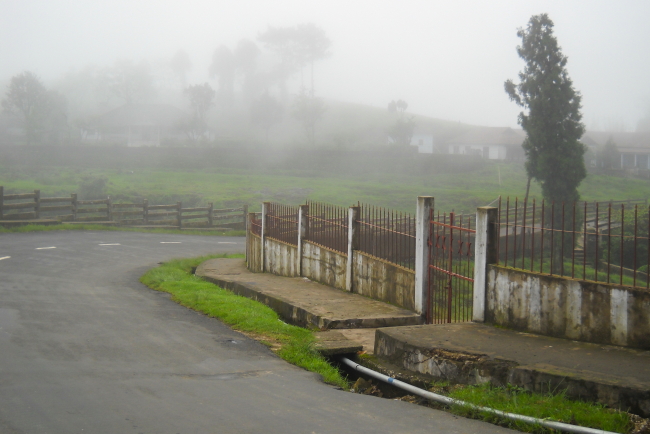
Travel Tips
- You want clear views, visit Cherrapunjee in winter. And if you want to feel the soul of Cherrapunjee, go there sometime around monsoon.
- If you go in monsoon try to cover the places in morning. The more delay you make, the more mist and cloud will embrace you tight.
- Life is slow in Cherrapunjee. Try to match with the pace. Do not run to cover every single place in a tight itinerary.
- Whatever season it is, always carry an umbrella and a raincoat, especially if you are visiting caves.
- Wear shoes with a good grip. Carry a good old days torchlight or a headlight with you.
- Do not venture in every single place with kids and elderly people.
- Take care of your camera gears, especially if they are not weather resistant. You should carry a rain bag and adequate amount of sillica gel.
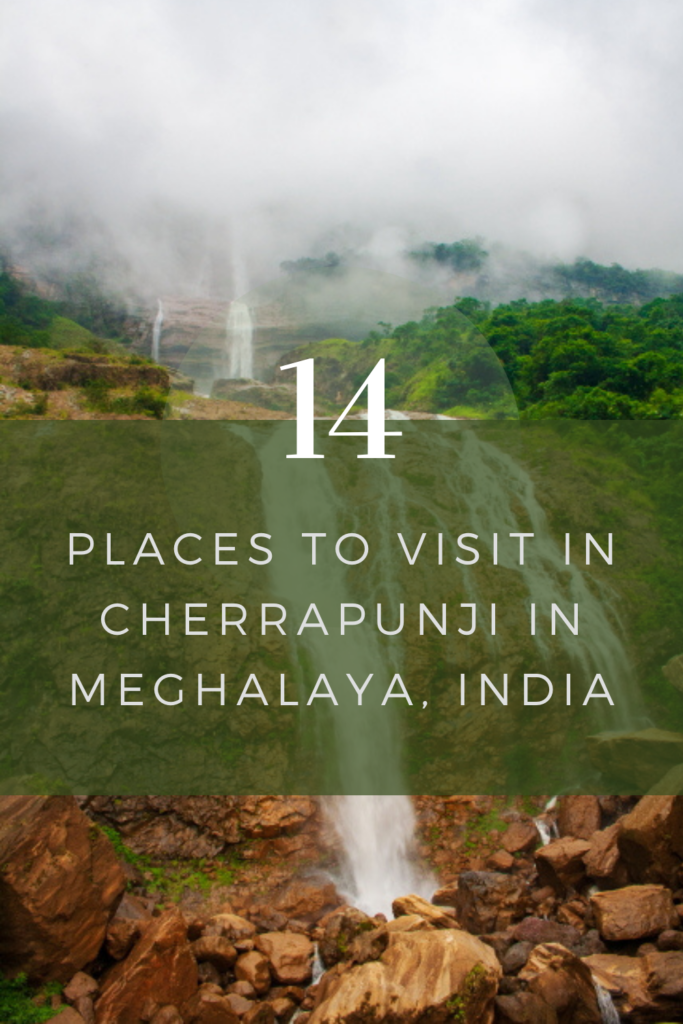
Pin the image to save this post and read it later!!
Book your trip: Resources
- Flight
Use Skyscanner or Google Flights to book your flight.
- Accommodation
Tripadvisor and Agoda are perfect for booking your hotel. If you want to stay in a hostel, then Hostelworld would greatly help you find one at your convenience.
- Travel Insurance
World Nomads is perfect for travel insurance. You can get comprehensive protection from them. Let them take care of unexpected situations while you concentrate on your trip.
- Package Tour and Activities
You can book a package tour from G-Adventures and Viator. They are a reputed company arranging small group tours and customising them per your requirements. You can also use Get Your Guide to book your private transport, city tours, heritage walks, food walks and other experiences like a cooking lesson or a Yoga session.
Disclosure: Some of the links below are affiliate links. You will be directed to another third-party website when you click those links. If you purchase anything via those links, I will earn a referral bonus without any extra cost to you.

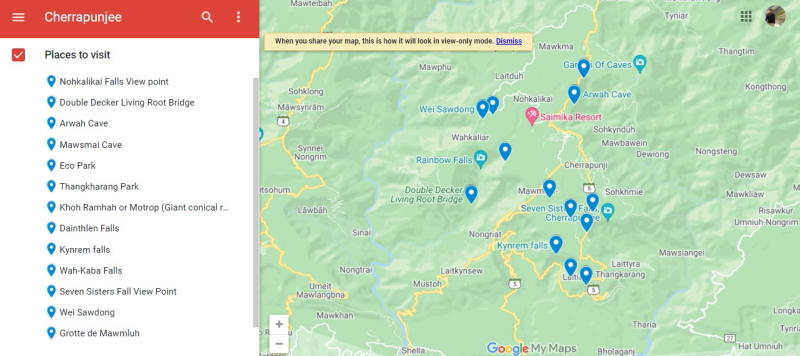
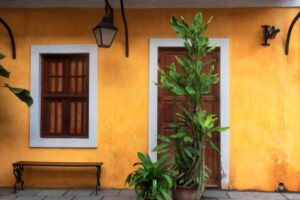
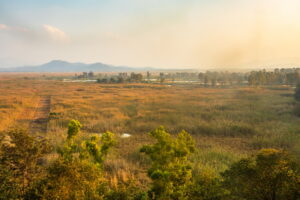
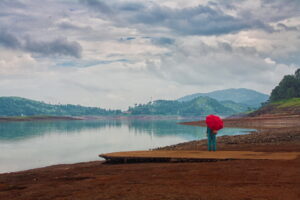
Pingback: Shillong to Cherrapunjee Road Trip - A Virtual Photo Journey